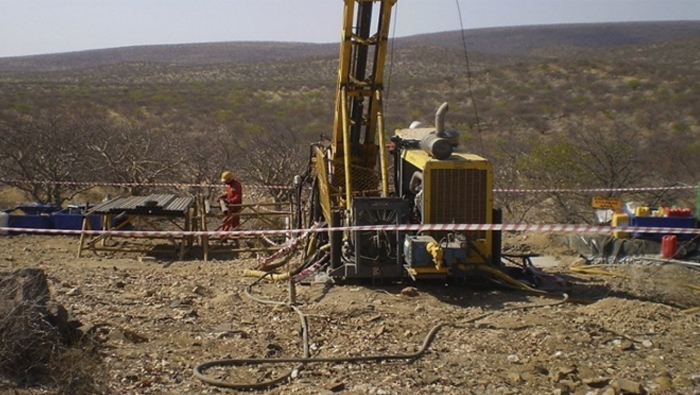(3 minutes read)
Namibia Critical Metals Inc. signed a Letter of Intent (LOI) with SGS Canada for a pilot plant testing on a 5-tonne sample from the Lofdal HREE Deposit in Q3 2023. The company aims to scale up laboratory flotation tests, including locked-cycle testing, to increase confidence in metallurgy, confirm engineering design criteria for PFS capital and operating cost estimation, and provide a larger amount of material for hydrometallurgical testing.
Namibia Critical Metals Inc. signed a Letter of Intent (LOI) with SGS Canada for a pilot plant testing on a 5-tonne sample from the Lofdal HREE Deposit in Q3 2023. The company aims to scale up laboratory flotation tests, including locked-cycle testing, to increase confidence in metallurgy, confirm engineering design criteria for PFS capital and operating cost estimation, and provide a larger amount of material for hydrometallurgical testing.
This development comes on the back of a successful preliminary economic assessment (PEA) study conducted in 2022, which showed that the Lofdal project has the potential to be a “significantly” bigger operation than previously thought. The PEA estimated initial capital costs, with a 30% contingency, at US$ 207 million, with a payback of 3.2 years.
Lofdal has a projected output of 2,000 t/y of total REO, including 117 t/y of dysprosium and 17.5 t/y of terbium, with a mine life of 16 years. The PEA is based on mining only 26 million tonnes of resources or about 50% of the 53 million tonnes in the mineral resource estimate of June 2021. Additionally, the project is expected to have 13 million tonnes of low-grade stockpile which could expand the life of the mine.
Read Also:
https://trendsnafrica.com/namibian-govt-review-on-local-ownership-for-minerals/
https://trendsnafrica.com/namibia-all-for-local-lithium-processing/
https://trendsnafrica.com/finnish-companies-eye-ventures-in-namibian-renewables/
According to Namibia Critical Metals, the objective of the pilot plant test program is to advance the project from the PEA to the pre-feasibility study phase, which will include additional testing of the hydrometallurgical circuit. The mining and exploration company aims to become a significant producer of critical metals such as dysprosium, terbium, and other high-value rare earth metals. The project’s progress is a boost for Namibia’s economy, as it will provide jobs and boost the country’s revenue.





